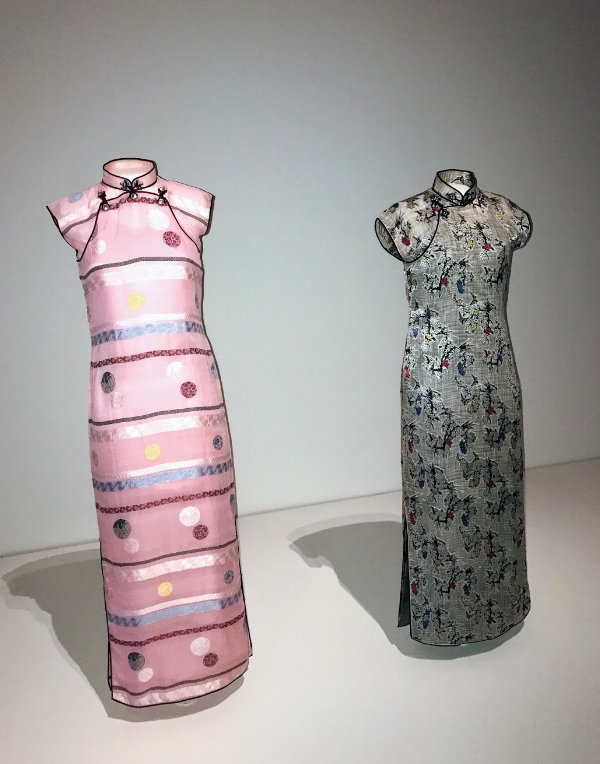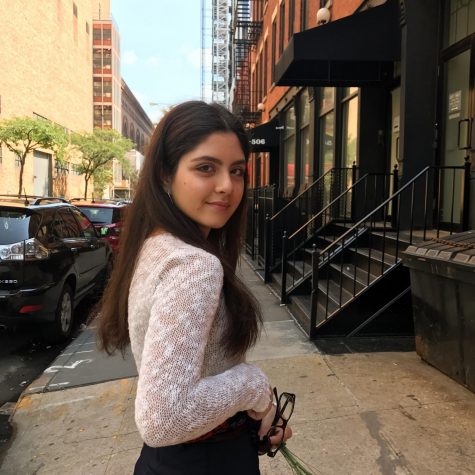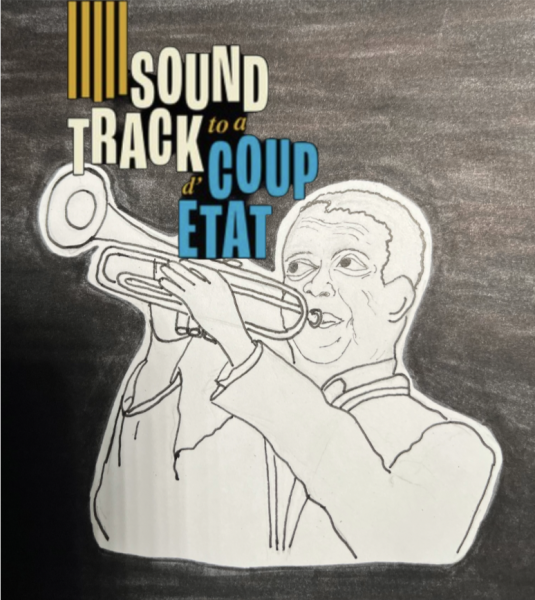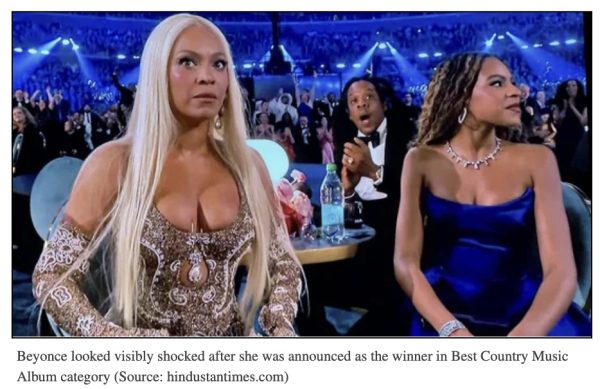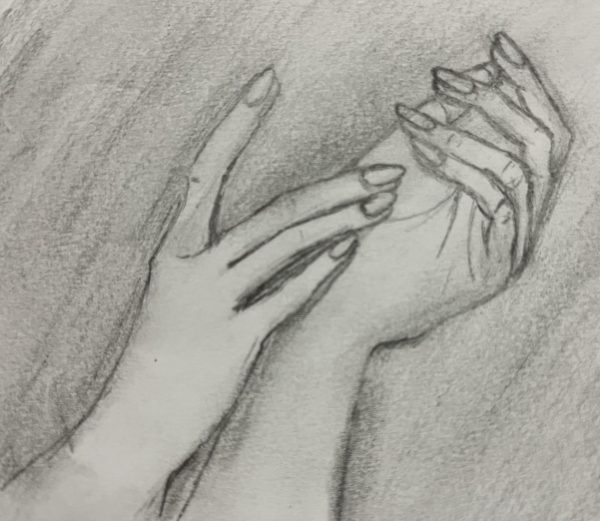MoMA Dressed by the Decades
The Museum of Modern Art showcased the fashion culture through the ages in the exhibit “Items: Is Fashion Modern?” which took place from October 1, 2017 to January 28, 2018. This was the first fashion exhibit at the MoMA since 1944 (“Are Clothes Modern?”), demonstrating its continued importance in our lives as a widely influential art form. The exhibit featured a variety of clothing items that revolutionized fashion and looked at the future of clothing. On display were clothing items from high-end brands like Alexander Mcqueen and Chanel as well as traditional clothing from all over the world. The walk-through gallery talked through the history of fashion and the progression of our clothing trends while demonstrating fashion as an outlet for self-expression.
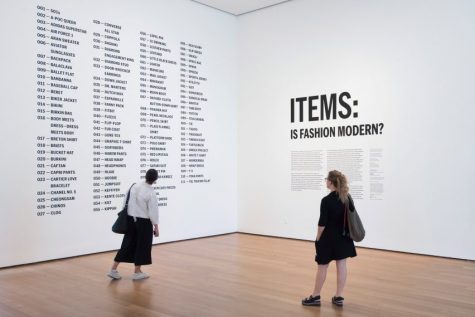
As a fashion enthusiast, I found that the exhibit did a great job including styles from around the world and bringing us into the time period and location of the intricate clothing pieces. Part of the display showed the evolution of the ‘little black dress’ from 1925 to 1966, recreating some of the classic designs from Chanel, Dior, and Charles Creed. The different styles of the same dress showed the endurance of fashion and its ability to stay fresh and relevant through cultural progression—continuing to produce unique, yet paradoxically classic pieces.
Furthermore, the MoMA used this exhibit to show the beauty of traditional fashion from around the world by bringing in pieces from countries such as Ghana, Pakistan, and China. After the country gained independence in 1957, the first president of Ghana, Kwame Nkrumah, wore Asante Kente as a “powerful symbol of emancipation and pride in a new nationhood.” Asante Kente is not only vibrantly colorful but also maintains a sense of native culture, giving the people the power of representation of their country.
Another section in the gallery brought a taste of Asian fashion to New York by displaying salwar kameez and Chinese cheongsam dresses (also known as qipao). The exhibit explains how salwar kameez is a “symbol of progressive social mores” and the Chinese cheongsam is important in “conveying the image of modern Chinese women” and is “celebrated as a symbol of Chinese identity.”
In addition to the multitude of pieces ranging from West to East and religious to cultural, the exhibit included a display dedicated to the future potential of fashion. The gallery allowed me to appreciate the intention and intricacy of fashion design, explores fashion as an art form like any other, and a product of history that offers an open window into its zeitgeist.



